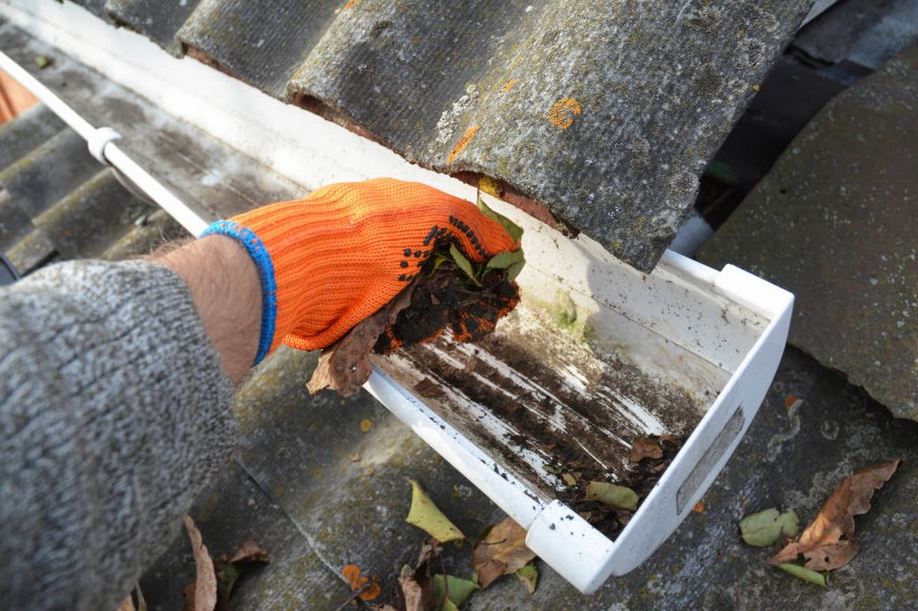Concrete is the most popular man-made material on Earth. It’s also one of the strongest, which is why concrete is commonly used for building foundations.
So if it’s so strong, why does it crack? More importantly, how do you when they’re dangerous or not?
Cracks in concrete can be serious and you should know the signs of danger when they occur. Here are the signs and the steps to take when you see them.
Types of Cracks in Concrete
There are different ways to identify how dangerous cracks are. Size is one important factor to consider.
Generally, concrete cracks that are 1/8 inches wide or more are dangerous. Smaller ones such as hairline cracks could be signs of a growing problem, but they don’t pose an immediate threat.
Other than size, cracks occur in various shapes that also indicate what happens in the soil beneath the foundation.
Below are some common types of cracks you’ll find.
Stair-Step Cracks
Cracks that resemble a staircase pattern are considered dangerous. You may also see them in the mortar between bricks.
Stair-step cracks generally expose larger problems within the foundation, like a sinking part of it. This may occur around the corners of the foundation, which may have an uneven weight distribution.
Stair-step cracks are the most common types of cracks. However, there are other types that pose additional risks.
Diagonal Cracks
Diagonal cracks also indicate sinking portions of the foundation. Often, the soil and the moisture within it cause this unsettling.
As moisture seeps into the soil, it expands and shifts the foundation over time.
Horizontal Cracks
Horizontal cracks can look similar to stair-step ones if they’re small. However, larger ones appear as a long straight line that runs across a section of foundation.
In these cases, the foundation usually concaves due to the pressure of the soil. This produces a horizontal crack and it can be a dangerous sign that your foundation is due to collapse.
Vertical Cracks
For vertical cracks, the risk depends on the size. They’re sometimes referred to as shrinkage cracks because the concrete shrinks when it dries too quickly after a pour. Houses that are newly established often exhibit signs of shrinkage.
Smaller vertical cracks are generally minor issues related to settlement in the soil. Larger cracks indicate a more intense vertical strain that causes the soil to sink.
Repairing Cracks in Concrete
Each foundation crack requires a specific type of repair. If you have minor cracks that don’t pose structural problems, there are foundation repair options you can use yourself.
Cracks can lead to leakage, but you can use sealants to stop the flow. The different types of sealers include:
- Epoxy coating
- Acrylic
- Polyurethane
- Polyaspartics
You can find these sealers in both water-based solutions and solvent-based ones.
Out of the four listed, epoxy coating typically produces the best results for concrete cracks. It’s typically stronger than the others and produces a unique finish that can improve the concrete’s aesthetic.
Water-based epoxy sealers also tend to bond with concrete better than other sealers.
Managing Cracks in Concrete
Cracks in concrete foundations are common, but they’re not always easy to fix. If you have significant cracks in concrete slab, sealants won’t fix the larger problem.
Instead, you should call a professional to choose the best method of repair for your foundation. They’ll know how to fix cracks in concrete.
Got a list of other home features to repair? Check out some of the recent home improvement posts below!



More Stories
Timber Dining Tables | Why They Should Be Your Number 1 Choice
How to Use Microwave with Oven Functions for Quick and Easy Cooking
Jersey Shore condo to Beach Townhouse Update